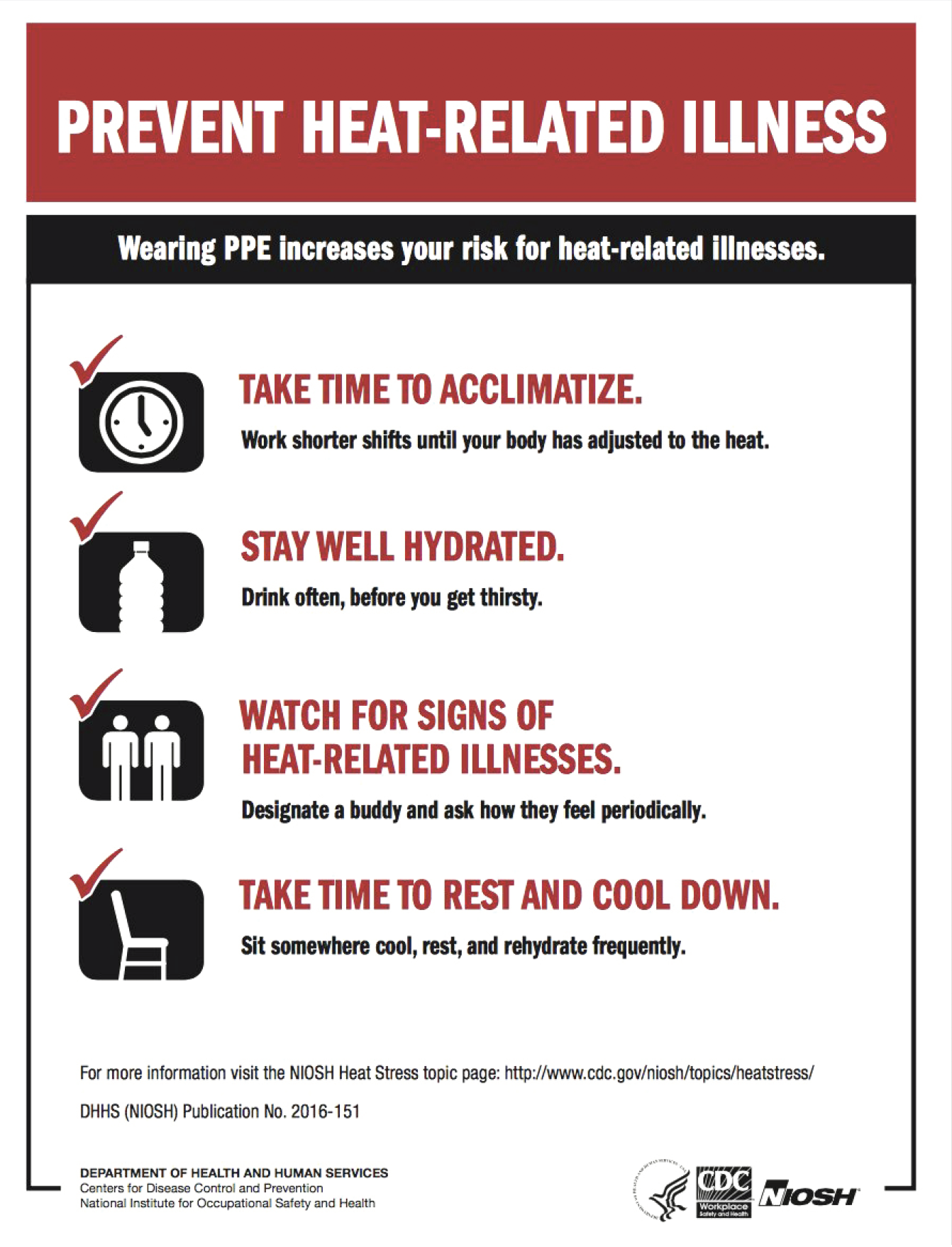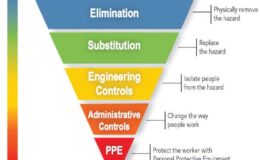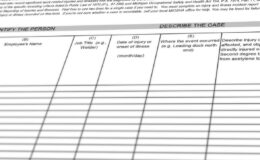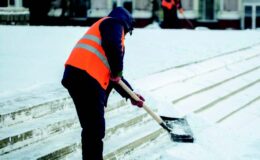By Chris Demeter, Senior Loss Control Consultant
While everyone loves to relax and enjoy vacations in the warm climates, someone who has to perform vigorous tasks in the hot environment is at risk. Over the years, I have learned to schedule certain accounts such as heat-treat, metal plating, foundries, and forging operations in the cooler months. Even though I am not in a hotshop for an entire shift, I would prefer not to break out in a sweat and then go to my next account. Heat stress can overcome anyone who does not properly acclimate themselves to the heat or watch for the signs and symptoms that may alert them to possible heat stress disorders. Informing employees of all risk factors and heat stress disorders that they may encounter and how to avoid serious complications can greatly reduce the risk of serious injury or death. According to the Centers for Disease Control (CDC), more than 600 people in the United States die by extreme heat every year. Some people are more at risk of developing a heat-related illness, including adults age 65 and older, those with chronic medical conditions, people who work outside, infants and children and athletes.
Heat stress occurs when a combination of factors no longer allows the body’s thermoregulatory system to maintain a normal core temperature of 98.6 degrees. The thermoregulatory system is very touchy, an increase of 2-degrees in the core can affect the mental ability and an increase of 5-degrees can lead to serious injury or death. As a worker exert, the core builds up heat generated by muscle movement and the heat from surrounding environments. As the core temperature rises, the brain signals the thermoregulatory system to return to its normal temperature by expelling heat through the processes of radiation, convection, and evaporation. Upon receiving the brain’s signals, the heart rate increases, and blood, the body’s means of heat transport, circulates closer to the skin. Heat is then transferred to nearby objects that have a cooler temperature by radiation and to the cooler surrounding air through convection. As increased blood flows to the skin, sweat glands release sweat, a solution of water and salt, onto the skin. When humidity levels are low enough, sweat will evaporate, releasing heat from the body. Through this process, it is possible to perspire 2 to 3-gallons of sweat each day, so it is vitally important to drink plenty of fluids regardless of thirst. If you believe workers are suffering from heatstroke contact emergency medical services immediately and move them to a cool area. Try to lower their body temperature by any means necessary as soon as possible. If the worker is vomiting, turn them on their side to prevent choking. Immediate treatment is needed to avoid serious complications.
As the core temperature rises and more blood flows to the skin, less is available for the active muscles and brain. This leads to decreased work performance abilities and workers are more likely to suffer injures due to the loss of dexterity, coordination, and judgment. Incidents of workplace violence have been reported to increase with heat. Anger often causes workers to overlook safety procedures and become easily distracted. Heat stress can happen to anyone and everyone reacts to it differently. It is caused by a combination of environmental and personal risk factors. The two most noted environmental risk factors are high temperature and humidity level often referred to as the heat index. The heat index is a measurement of how hot it feels. Other environmental risk factors are direct sun exposure, amount of air movement, physical exertion required, and the amount and type of clothing and PPE worn. Personal risk factors affect an individual’s sensitivity to heat exposure and include age, weight, metabolism, degree of fitness, level of acclimation, and the use of alcohol, drugs, and certain medications. Convey to workers if they are taking any medications to make sure they check their label for any warnings about heat exposure. If they are not sure, they should consult with their doctor with any concerns.
New workers in hot environments should undergo a medical screening to ensure they are healthy enough for the job. A new employee will not be able to handle the same amount of heat as experienced workers. New employees must first train or acclimate their bodies to work in a hot environment. Acclimation allows the thermoregulatory systems to maintain a normal core temperature easier by allowing increased sweat production, better blood distribution and decreased heart rate. New employees should only be exposed to the heat for 20-percent of the time. Then increase their time by 20-percent each following day. It usually takes 5 to 6-days to become fully acclimated.
Employees should drink 1-cup of cool fluids, either water or a sports drink containing carbohydrates and electrolytes, every 20-minutes before, during, and after work regardless of thirst or activity level. It is not a good idea to drink a lot at one time, as painful stomach cramps can occur. When properly hydrated, you should have to urinate every 2-4 hours. Employees should avoid beverages with caffeine, alcohol, or large amounts of sugar. They increase urine production and speed up the rate of dehydration. Make sure the body’s salt and minerals are replaced through a proper diet and moderate use of salt at meals. Do not supply salt tablets for your employees. When possible, engineering controls should be put in place to reduce heat and make the job easier to physically perform. Engineering controls may include ventilation, air conditioning, fans, insulation, shields, canopies, and power assists. Using power tools also makes work easier to perform.
Michigan’s hot weather is much shorter unlike southern or western states; however, it would be a good preventive measure to supply cold water and sport type drinks to keep employees properly hydrated and allow more frequent breaks during a hot stretch. The MTMIC Client Portal allows online access to safety program templates, training videos, and various other safety-related training materials. It can be accessed through our website www.mtmic.com. The Portal has a “Hot Environment and Heat Stress Prevention” section under “documents” and several Heat Stress safety training videos available. Feel free to utilize other training topics available on the Portal. Please contact your loss control consultant or email sales@mtmic.com to set up access to this online tool.
In summary, all employers are required to provide a safe and healthy working environment for their employees. Steps involved in preventing heat illnesses include following MIOSHA’s recommendations for water, rest, and shade. Beyond these common-sense precautions, employers should know that MIOSHA will cite for violations of the General Duty Clause and other standards that are related to occupational exposure to heat.
I hope everyone has a safe and healthy rest of the summer! Remember, stay hydrated at work and home. If you have any questions, please contact your Loss Control consultant.





